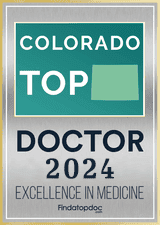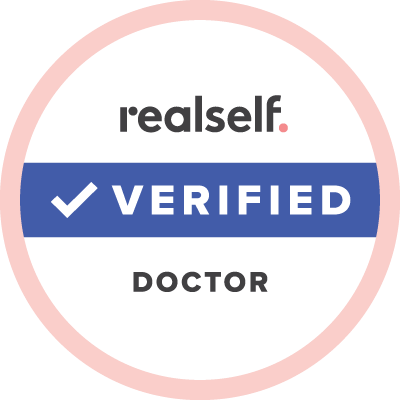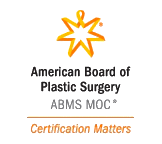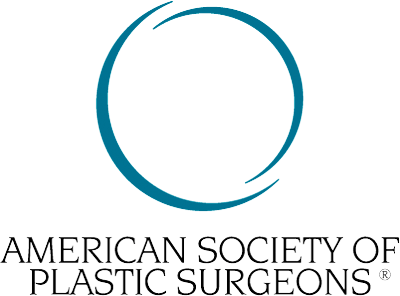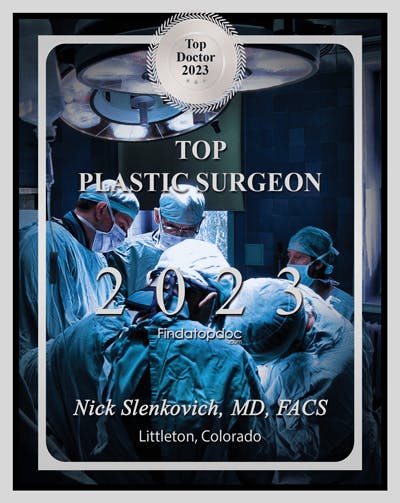If a potential client came to you for a procedure and was trying to choose between you and several comparable surgeons, what would you say to set yourself apart?
The surgeon-patient fit is so important for a number of reasons, and I encourage all patients to do their research. Assuming that this potential patient did their research, which led to ultimately having a consultation with me, I’d ask what drew them to come see me in the first place. Given their goals, the information we discussed during the consultation, and everything that they learned about or practiced, what, in their opinion, made me a good fit for them as a plastic surgeon? This would help me understand their list of priorities for their surgeon and allow for a safe space to discuss whether we, the patient and I, would make a good partnership. We commit to a partnership with our patients and ask that they do the same. Our practice is built on a trusting relationship, caring, and expertise. We partner with patients on their self-improvement journey, and our team seeks to make an impact in the lives of our patients.
When it comes to performing your procedures, do you use techniques that make you unique?
In our area, we see many patients who have had body contouring procedures “elsewhere” and then come to us because they haven’t reached their goals. I have seen patients who have previously had a tummy tuck, and their abdomens looked better, but they hadn’t been contoured to show off their figure.
My signature body contouring procedure is 360-degree liposuction to thin the entire trunk from the pooch above the breasts to the pooch down below and all parts in between. This significantly includes the back, hips, and waist, and I work to give a skinny appearance with curves. In most cases, I perform fat grafting to the buttock area for shaping and often also to increase the size of the booty (e.g., “BBL”).
Honestly, I’m saddened by the number of times I see patients who have had a full-price procedure performed that, from the outset, wasn’t going to maximize their ability to get their “dream figure.” From the initial call to the consult to the surgery, we work to truly identify goals and maximally deliver results.
What are your goals during the consultation process?
Our goal is to establish a trusting relationship, provide expert professional recommendations, and respect the patient's time (and intelligence) through a thorough and well-cared-for process via our patient care coordinators (PCCs).
By the time I have a consultation (either virtually or in-person) with a prospective patient, they’ve been given the opportunity to view our website and extensive social media postings to learn about our approach and our results. They have had a pre-consultation with our dedicated and experienced full-time PCCs, who have learned in detail about their goals and their emotional, physical, personal support, and financial situation to assess that they are likely an excellent fit for our practice.
Many times, prospective patients will have sent in photos for our review, and where needed, I will personally review these photos with our PCCs. This is incorporated into the pre-consult process. The expected costs, needed preparation, and expected recovery have also been covered.
So, my consultation is a superbly well-prepared meeting where I get to learn about the patient as a person, learn specifically about their concerns and goals, and then discuss options. The actual consult is a critical meeting—one where we establish a relationship of trust and open communication, ask tough and often vitally important questions of each other, and then apply my assessment and recommendations (including limitations) as to how we may help reach their ultimate, real goals.
Sometimes, this is “more” than what they had thought would be needed, but this generally comes out when we really determine that their true goals are more than what they initially expected. And sometimes, I recommend less. Or other times, I explain that, unfortunately, I don’t feel they will be able to reach their goals or that I don’t feel I can meet their expectations.
What are the biggest safety or cosmetic concerns for patients considering a procedure? How do you address these?
I am obsessed with patient safety. We are continually evolving to optimize safety and prevention of major complications. This starts with screening for risk factors and medical conditions, extends to rigorous preoperative risk assessment, patient education, supplementation, and optimization, and extends to prophylactic safety measures before, during, and after surgery.
I welcome any and all safety questions from patients and am honored to work with a highly experienced medical team in a state-licensed surgery center. I have continuously maintained my critical care skills for operative patients and my ACLS (advanced cardiac life support) certification, and I have been the medical director of our surgery center since I opened it in 2008.
I could go on and on, but I would summarize by saying that I feel fully confident in our team’s approach to safety, and any of us would send any family member, ourselves, or our friends to our practice for surgery (and many have).
What do you personally like most about performing your procedures?
A huge part of the satisfaction of performing surgery comes from knowing that I am helping patients reach their goals. These goals are not generally life-saving, but they are intensely personal and important to each patient.
In our practice, the operating room is a very special place. As we start surgery, I share with our team the personal goals and the “story” of our patients. We all get invested in our patients' journeys, and we put a part of ourselves and our love into the procedure and the outcome.





